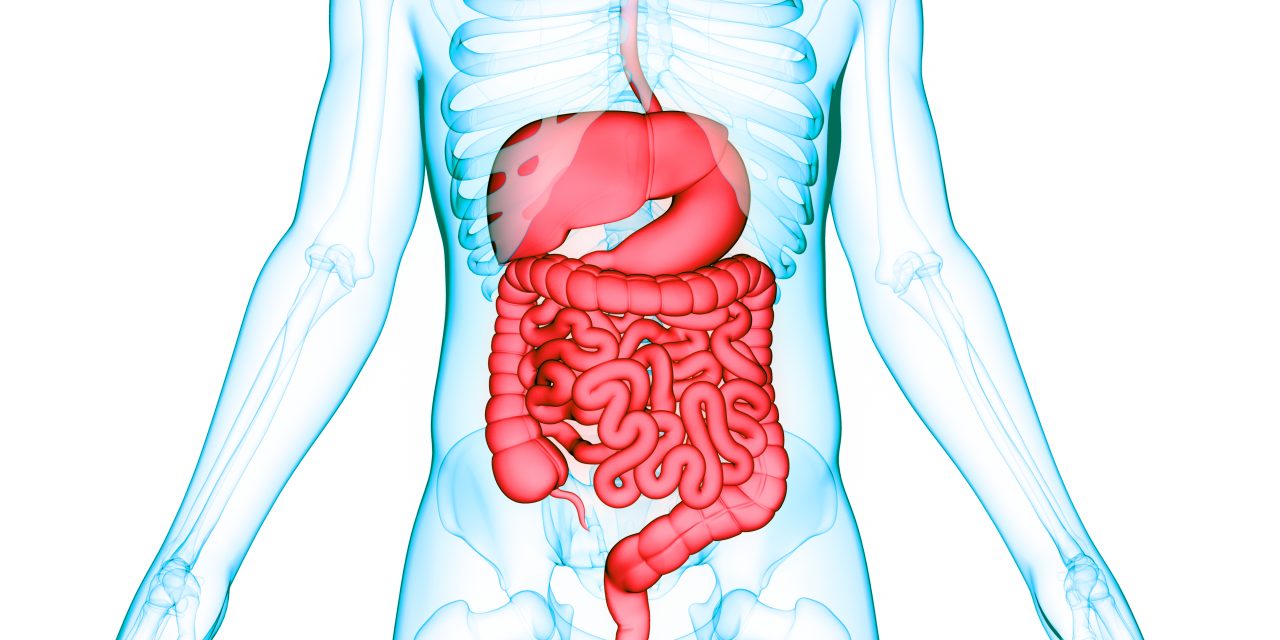Whether cardiac mucosa at the esophagogastric junction is normal or metaplastic is controversial. Studies attempting to resolve this issue have been limited by the use of superficial pinch biopsies, abnormal esophagi resected typically because of cancer, or autopsy specimens in which tissue autolysis in the stomach obscures histologic findings.
We performed histologic and immunohistochemical studies of the freshly fixed esophagus and stomach resected from 7 heart-beating, deceased organ donors with no history of esophageal or gastric disease and with minimal or no histologic evidence of esophagitis and gastritis.
All subjects had cardiac mucosa, consisting of a mixture of mucous and oxyntic glands with surface foveolar epithelium, at the esophagogastric junction. All also had unique structures we termed compact mucous glands (CMG), which were histologically and immunohistochemically identical to the mucous glands of cardiac mucosa, under esophageal squamous epithelium and, hitherto undescribed, in uninflamed oxyntic mucosa throughout the gastric fundus.
These findings support cardiac mucosa as a normal anatomic structure and do not support the hypothesis that cardiac mucosa is always metaplastic. However, they do support our novel hypothesis that in the setting of reflux esophagitis, reflux-induced damage to squamous epithelium exposes underlying CMG (which are likely more resistant to acid-peptic damage than squamous epithelium), and proliferation of these CMG as part of a wound-healing process to repair the acid-peptic damage could result in their expansion to the mucosal surface to be recognized as cardiac mucosa of a columnar-lined esophagus.
Copyright © 2021 The Author(s). Published by Wolters Kluwer Health, Inc. on behalf of The American College of Gastroenterology.
Histologic Study of the Esophagogastric Junction of Organ Donors Reveals Novel Glandular Structures in Normal Esophageal and Gastric Mucosae.


